Frank Lloyd Wright's protege
In the summer of 2012 while visiting Minnesota – my sister lives in a small university town named Northfield about an hour's drive outside Minneapolis – I had the opportunity to visit a unique place, the home that Kenneth Peterson built for himself and his wife back in the sixties. I first came across the house during one of my early morning runs through the maize corn fields on the outskirts of town. Within a few minutes of starting my run that morning, I caught a glimpse of something out of the corner of my eye. When I turned to take a closer look, I discovered this marvel that my sister had already known for some time and had been meaning to show me herself. The house is not special because of its size, nor its fame, nor its uniqueness, but for its simplicity and great condition.
I do not have enough words to thank Rachel, Kenneth's widow, for allowing me not only to enter the house, wander around with no restrictions and take photos, but also for spending hours proudly telling me the story of the house, its secrets and peculiarities. It is not every day that you have the opportunity to be a witness to the living history of architecture.
Not many people are lucky enough to be able to choose where they live, let alone to choose the kind of house they want to live in. Fewer still are able to build that house for themselves. And if all of this would seem like a miracle for most people, what is the probability that that same person had learned their profession under the guidance of one of the greatest architects of the modern period? All of this was true for Kenneth. At the end of the 1940s, he received a Taliesin scholarship to begin his studies in architecture in the studio of Frank Lloyd Wright, with whom he developed a loving and familiar relationship; after this fantastic experience, which was to have a significant impact on his life and work, he completed his training in art and architecture and dedicated his life to the practice of the latter.
Kenneth was not a world-famous architect, he did not build museums or develop plans for new utopias in the middle of the desert, but he did do something that seems incredible to me: great architecture on a small scale, a scale that does not overwhelm or choke, small doses of architecture to be felt and lived.
As a good student of Wright and heavily influenced by the Organic Architecture movement, Kenneth developed a wonderful home for himself and Rachel. Adapting his designs to a nice plot that had a slight slope, the architect took advantage of this feature to lay down a winding and comfortable access road that hinges on the garage. This outbuilding, a separate structure, hides part of the view of the house from the street, giving privacy to the bulk of the property. Once you pass the garage and find yourself face to face with the house, flat roofs appear with generous ledges over the horizontal windows that run around the perimeter of the building. These, along with the floor-to-ceiling windows on the southern face of the property, allow constant natural light with a controlled level of direct sunlight.
Once inside, a small patio serves as the central point from which the structure of the house unfolds, with yet more windows to allow light to percolate throughout the property. Divided into two levels of privacy, the house leaves the public areas perfectly accessible to the visitor while at the same time diverting wandering eyes away from the bedrooms and private bathrooms.
And if all of this has not impressed you enough, each item of the house's furniture and every lamp is a piece of original design: Eames, Poulsen and Harcourt, among others, form the interior universe of the property. A small number of pieces are not originals, but replicas hand made by the architect himself and an artisan friend, a cache of unique pieces worthy of a museum. Indeed, 'museum' is almost the best word to describe Kenneth's home: a living museum of contemporaneous art and design, the pieces exquisitely cared-for and absolutely current despite their 40 years of age.
I believe that Kenneth deserves that we all know a little more about his life, in thanks to that small gesture that had such an impact on me, and that one hopes might happen more often: great architecture in small doses, and gratefully received.
Thank you Kenneth and Rachel.
NOTE: Before you take a look at the images, please let me excuse their quality. When I made this family trip, I decided to take my recently-bought first iPhone instead of my beloved DSLR because I was so hyped about the so announced quality of the phone camera that I wanted to give it a try. If I had known what I was going to find, I assure you that I would not have relied exclusively on the phone.
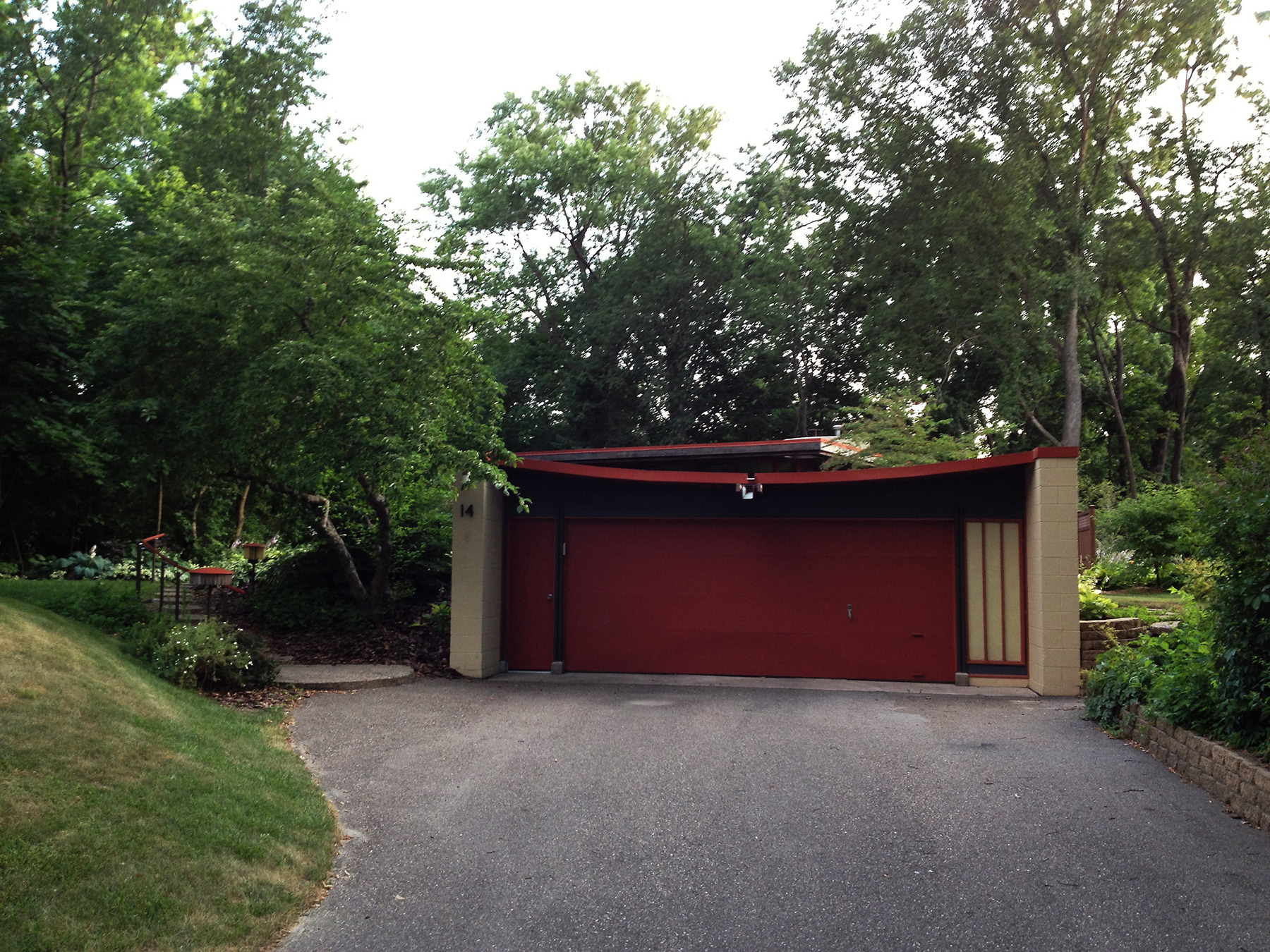


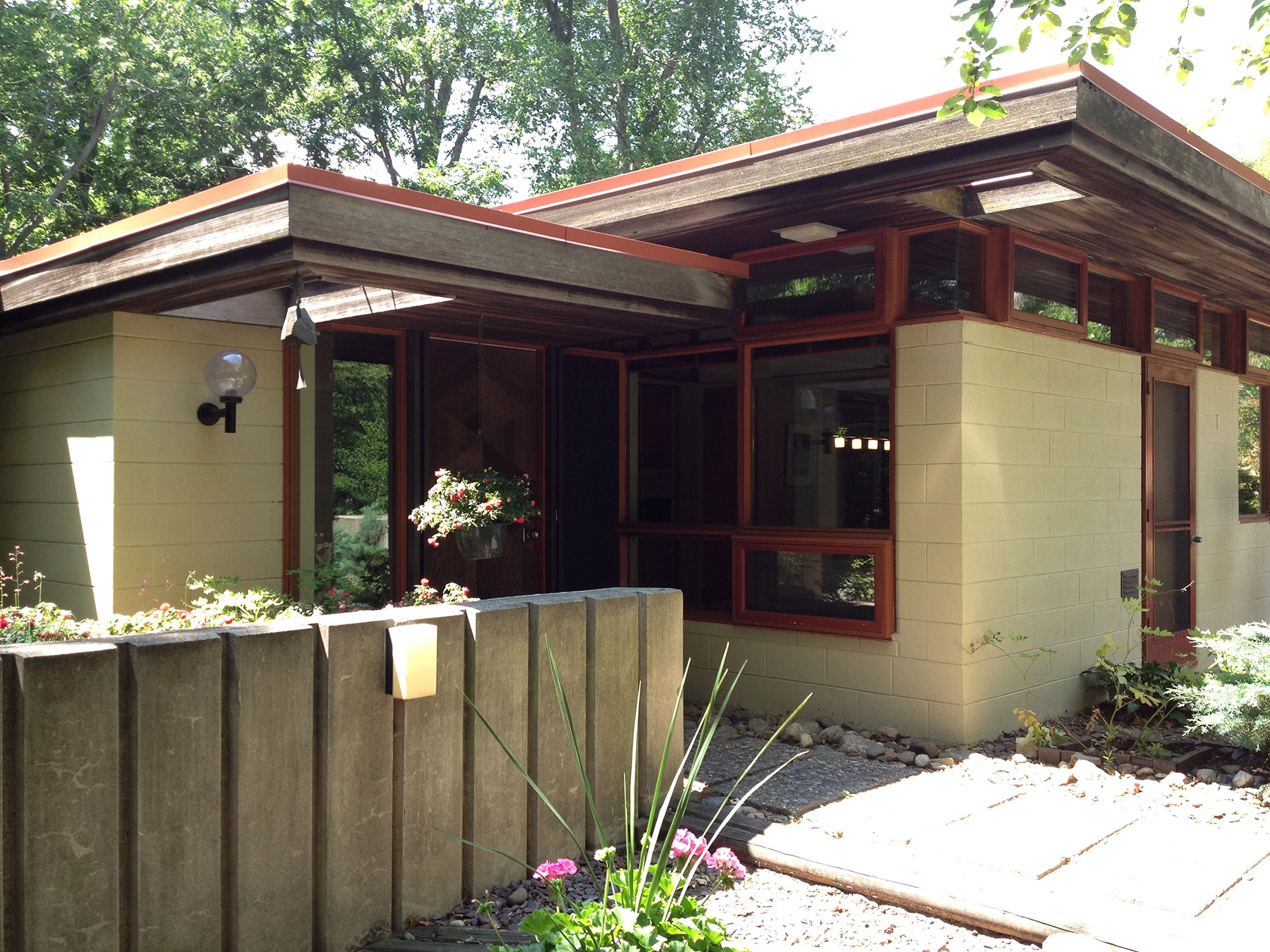
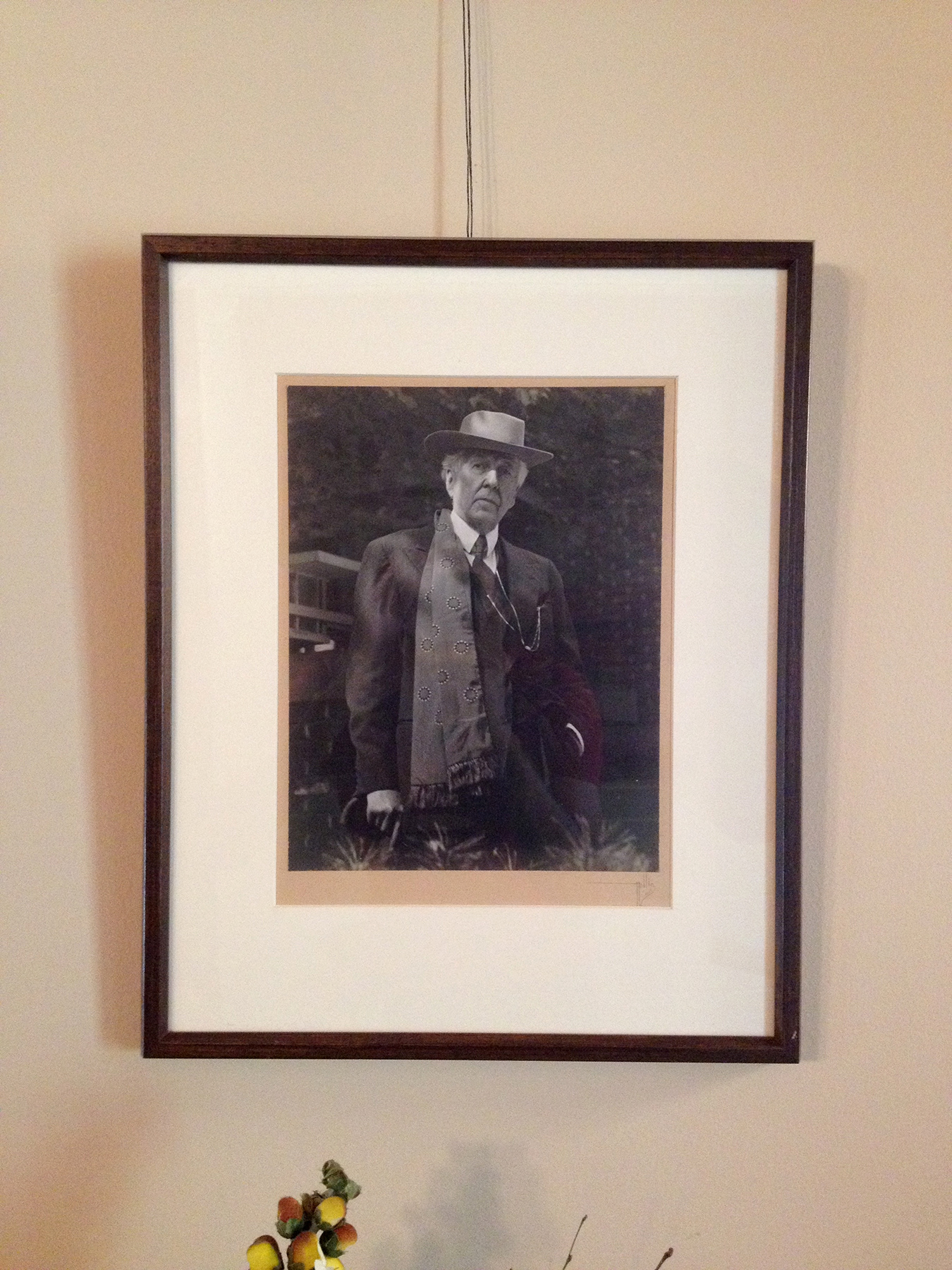
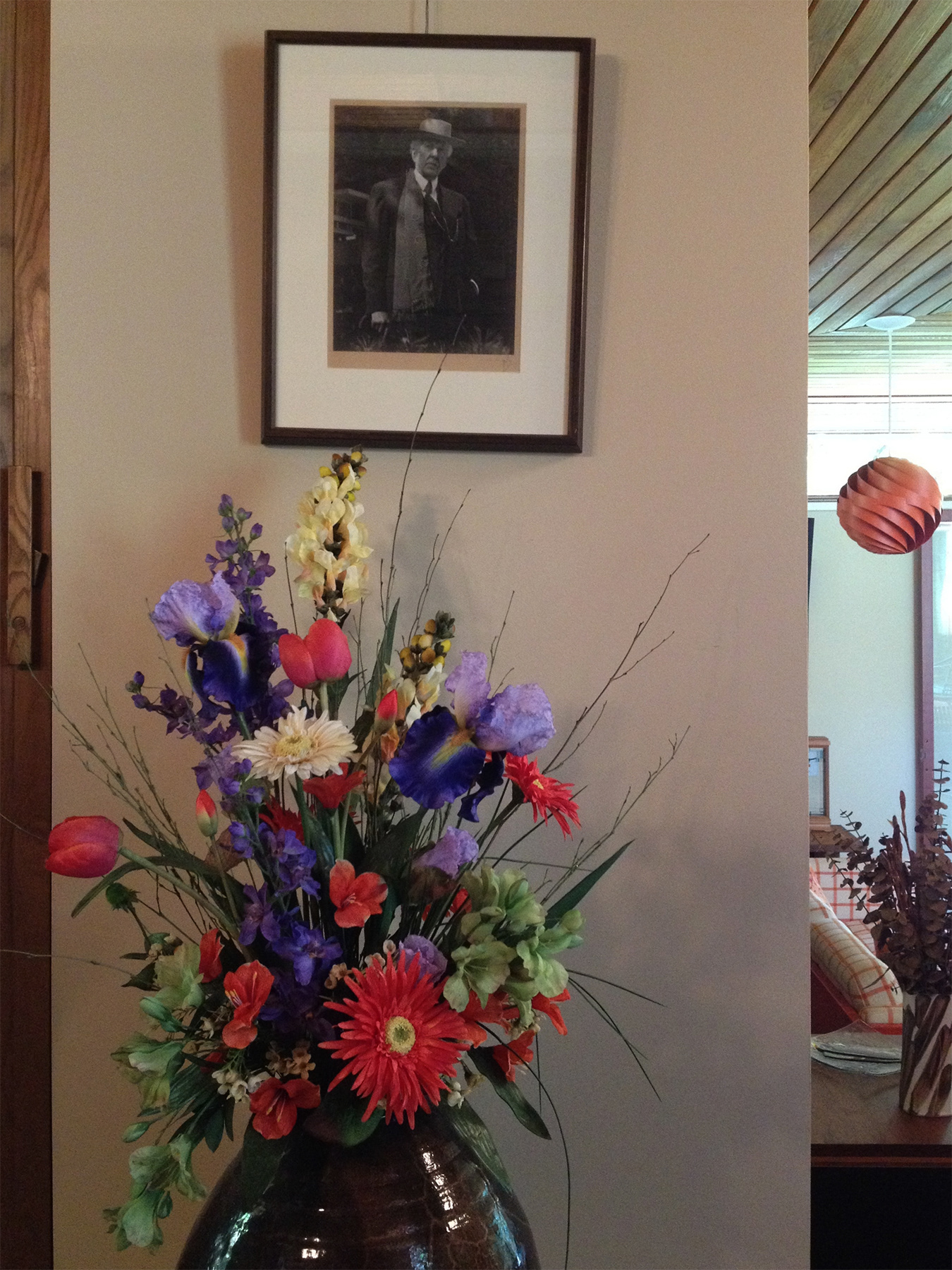
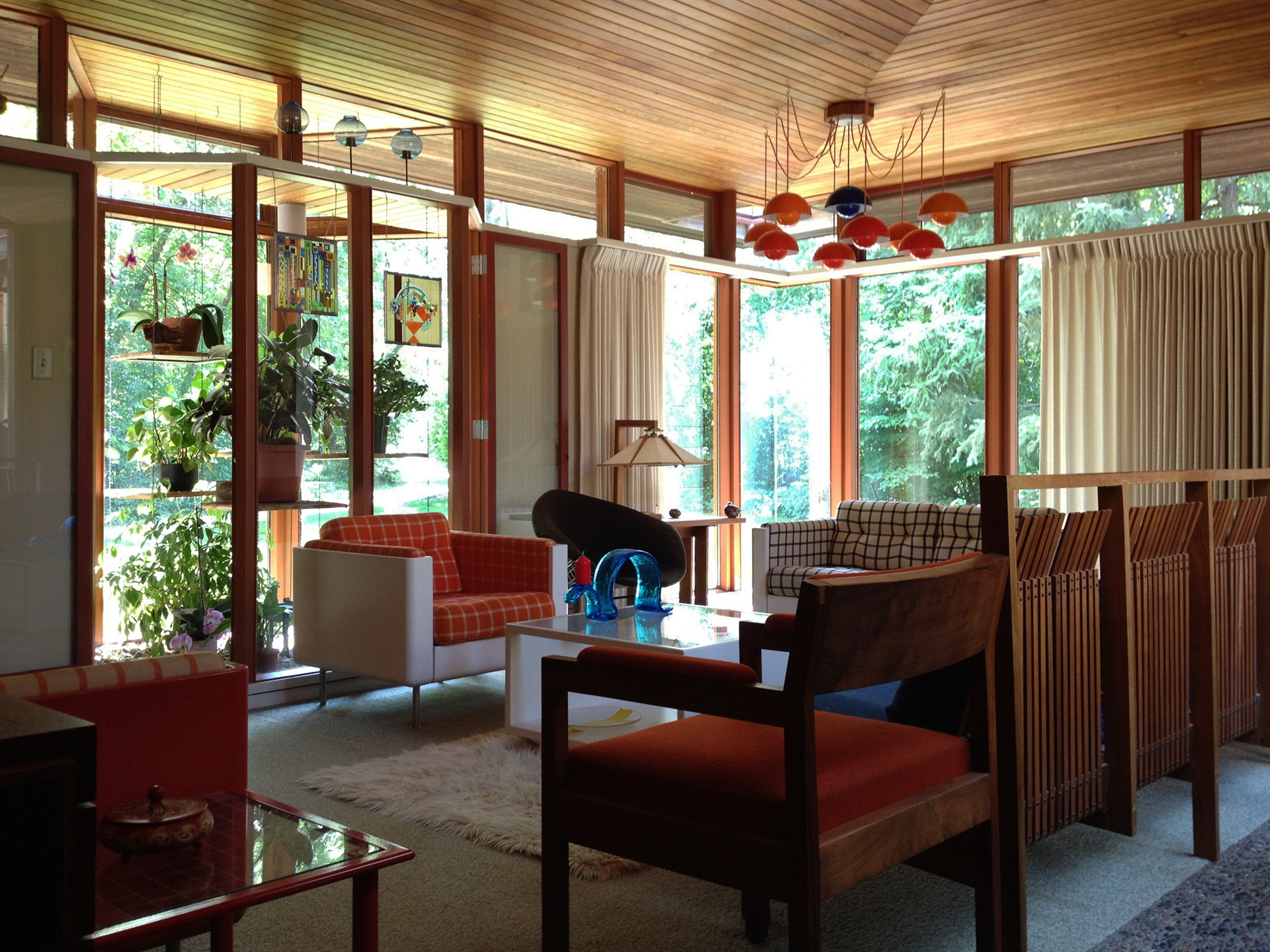

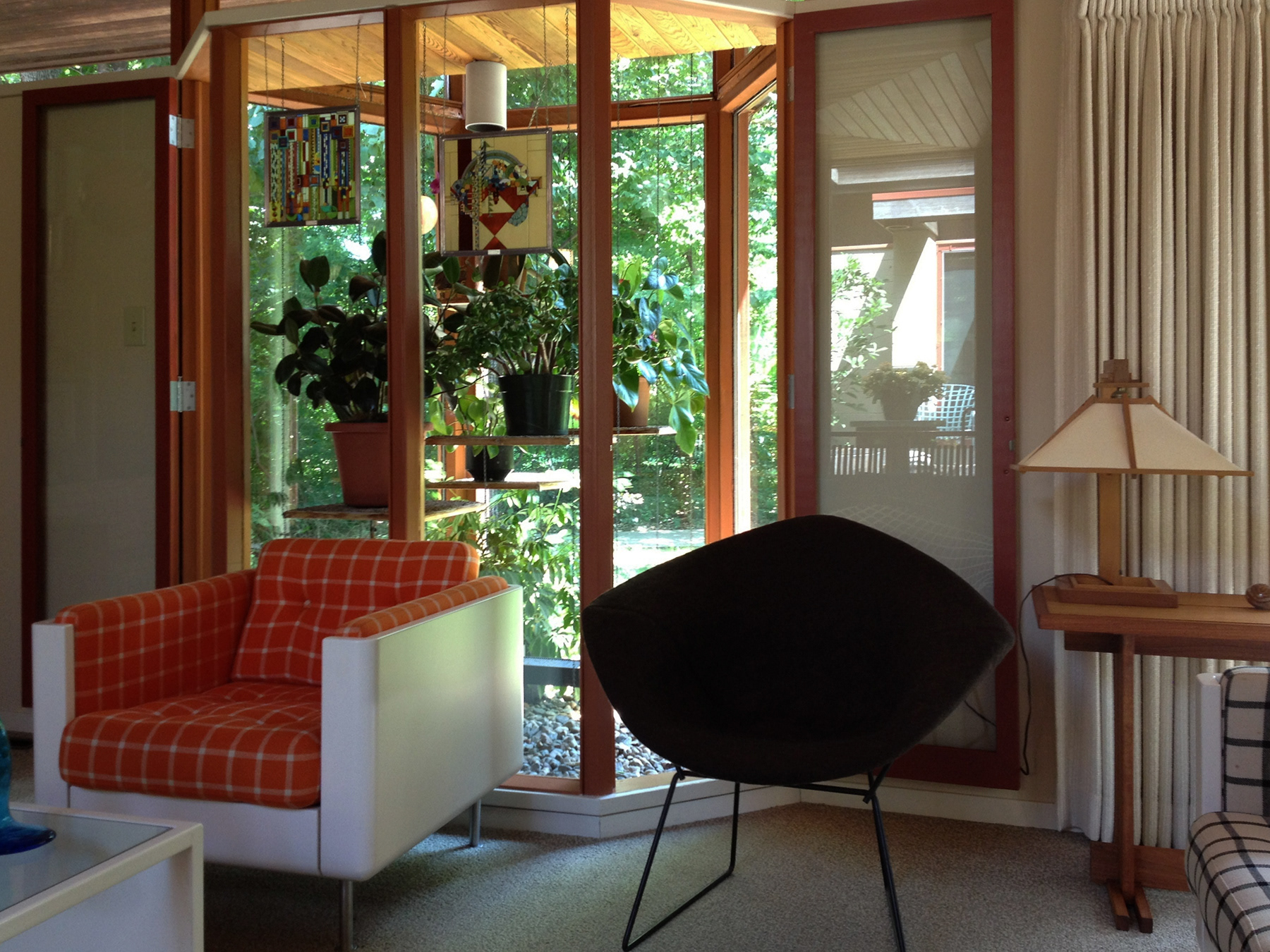
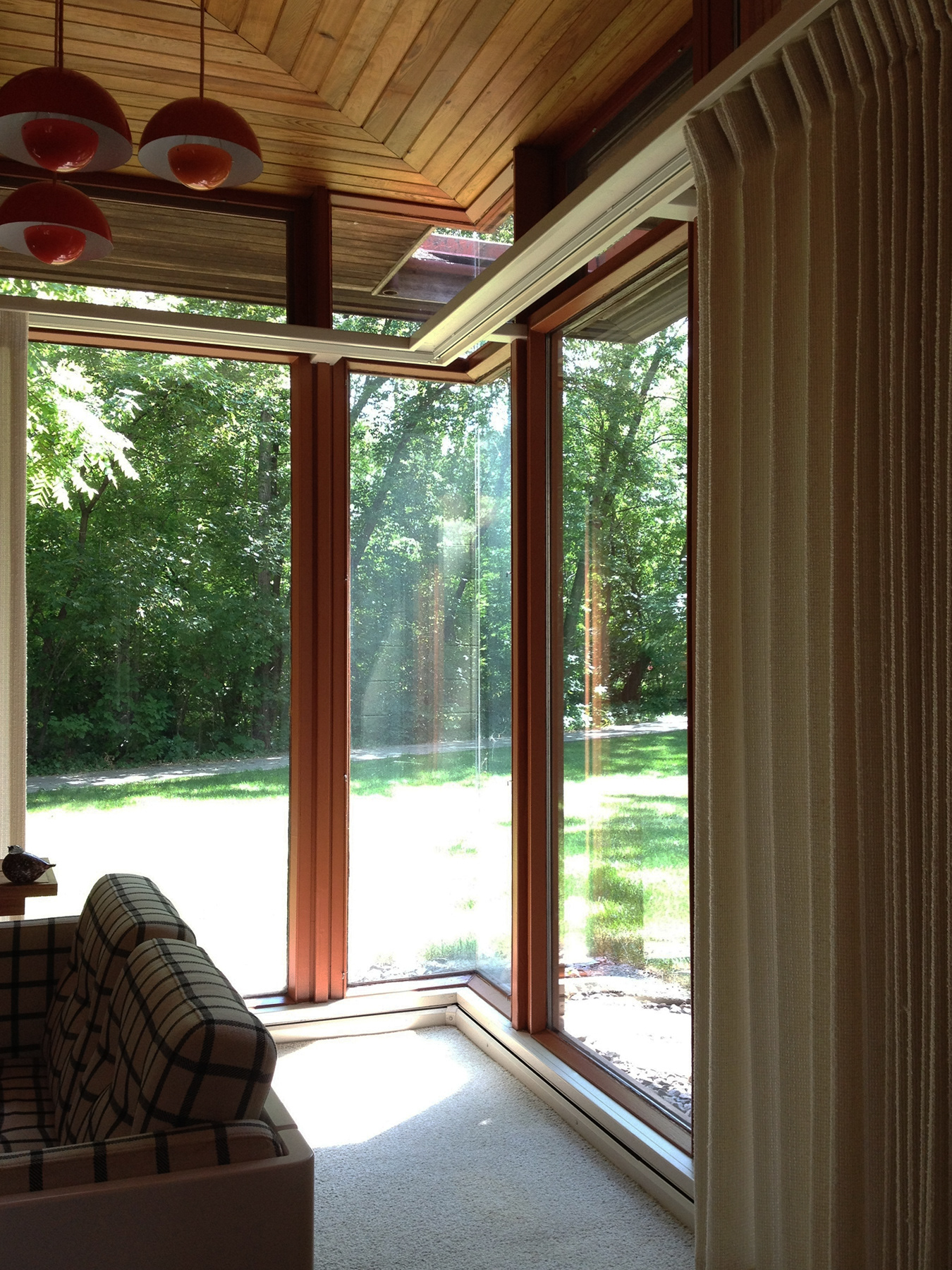
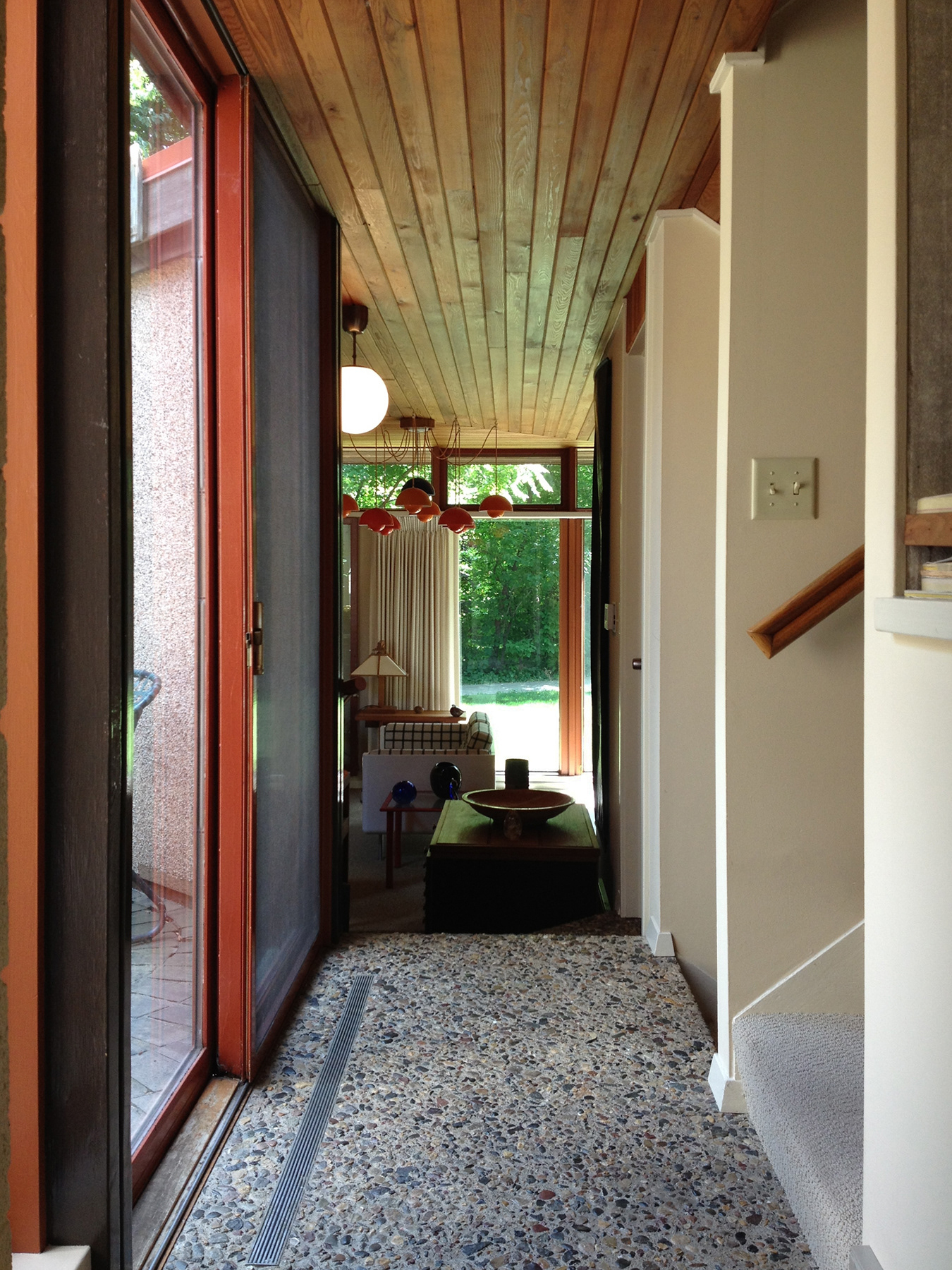
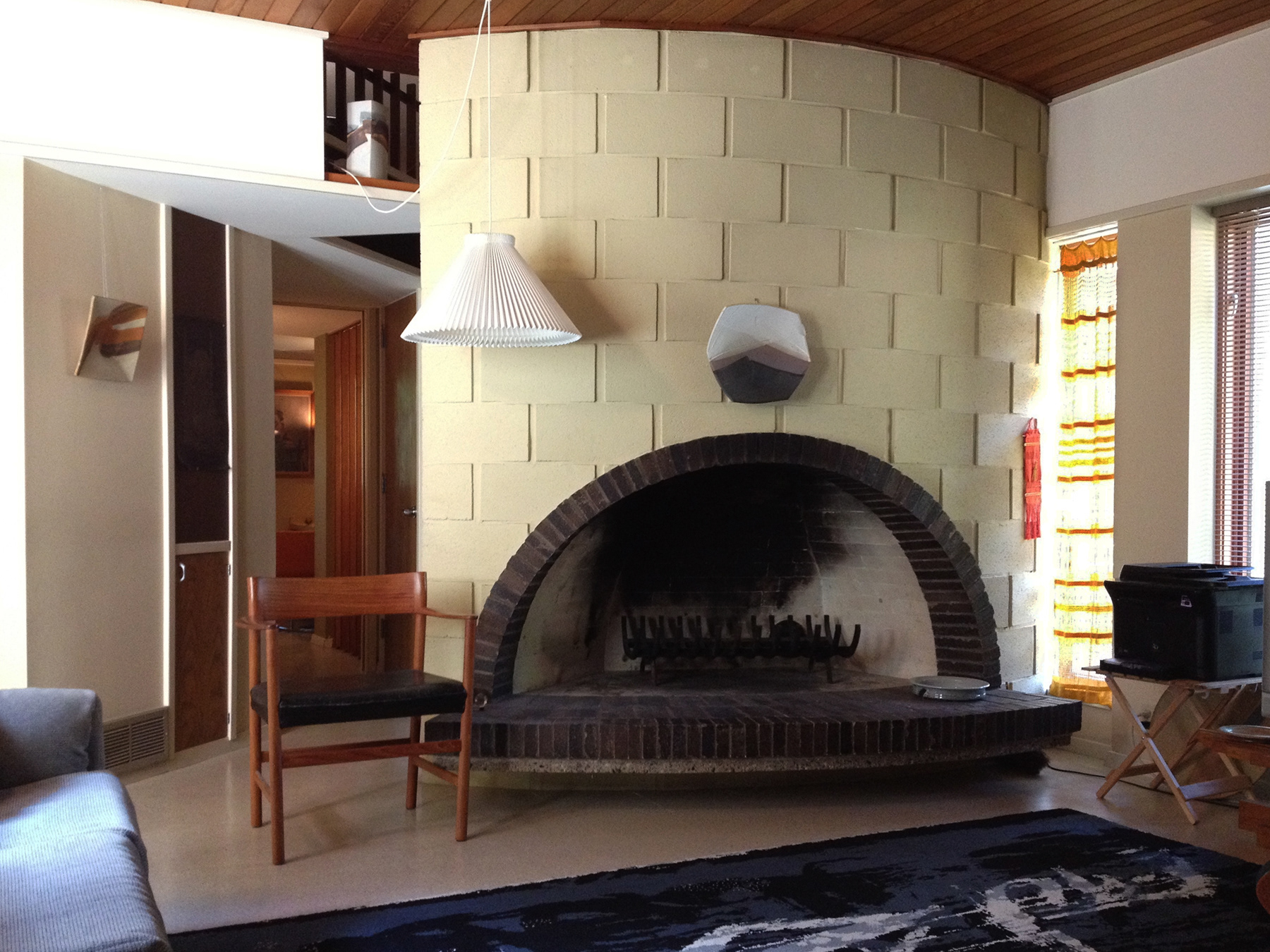
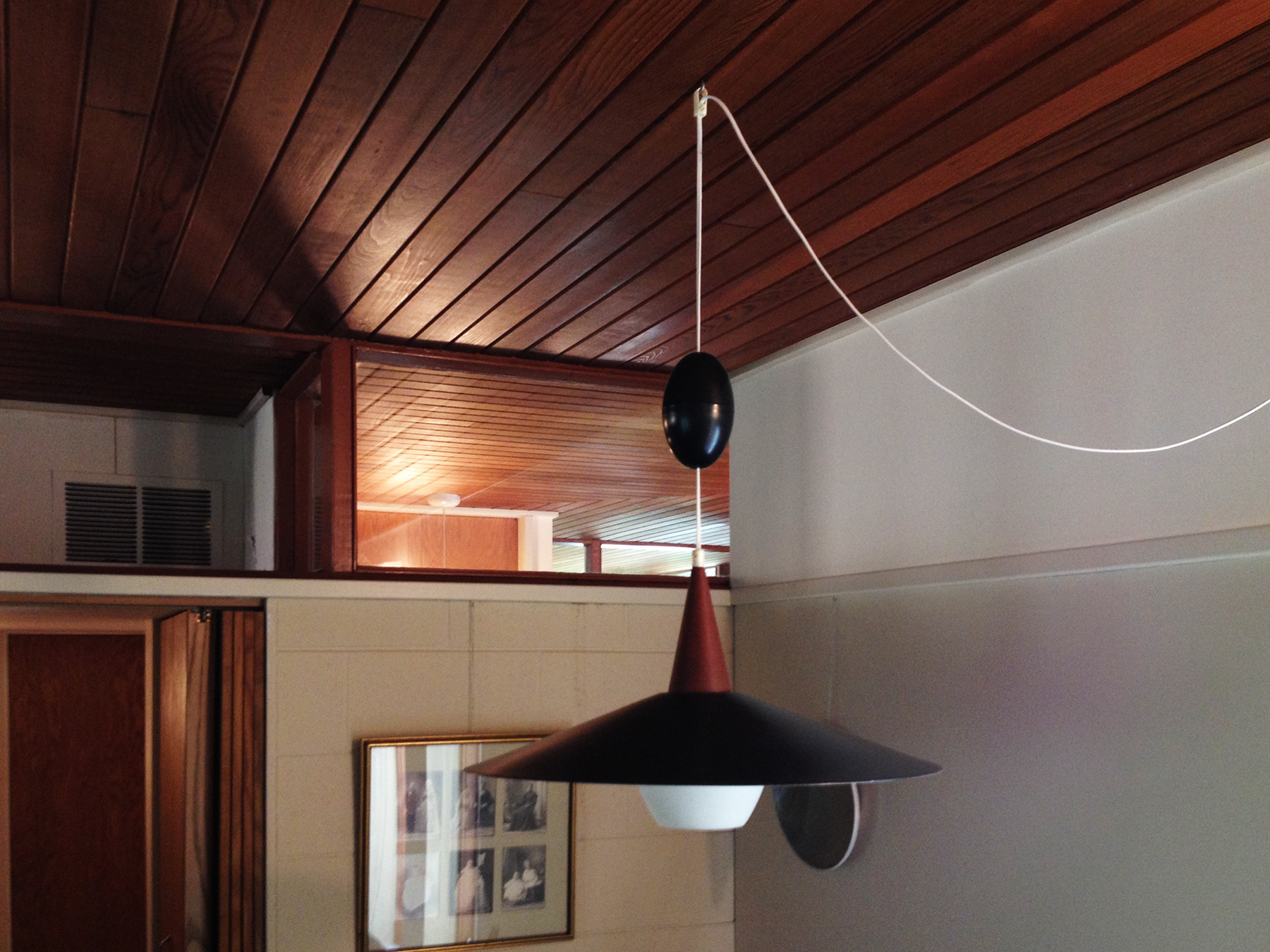

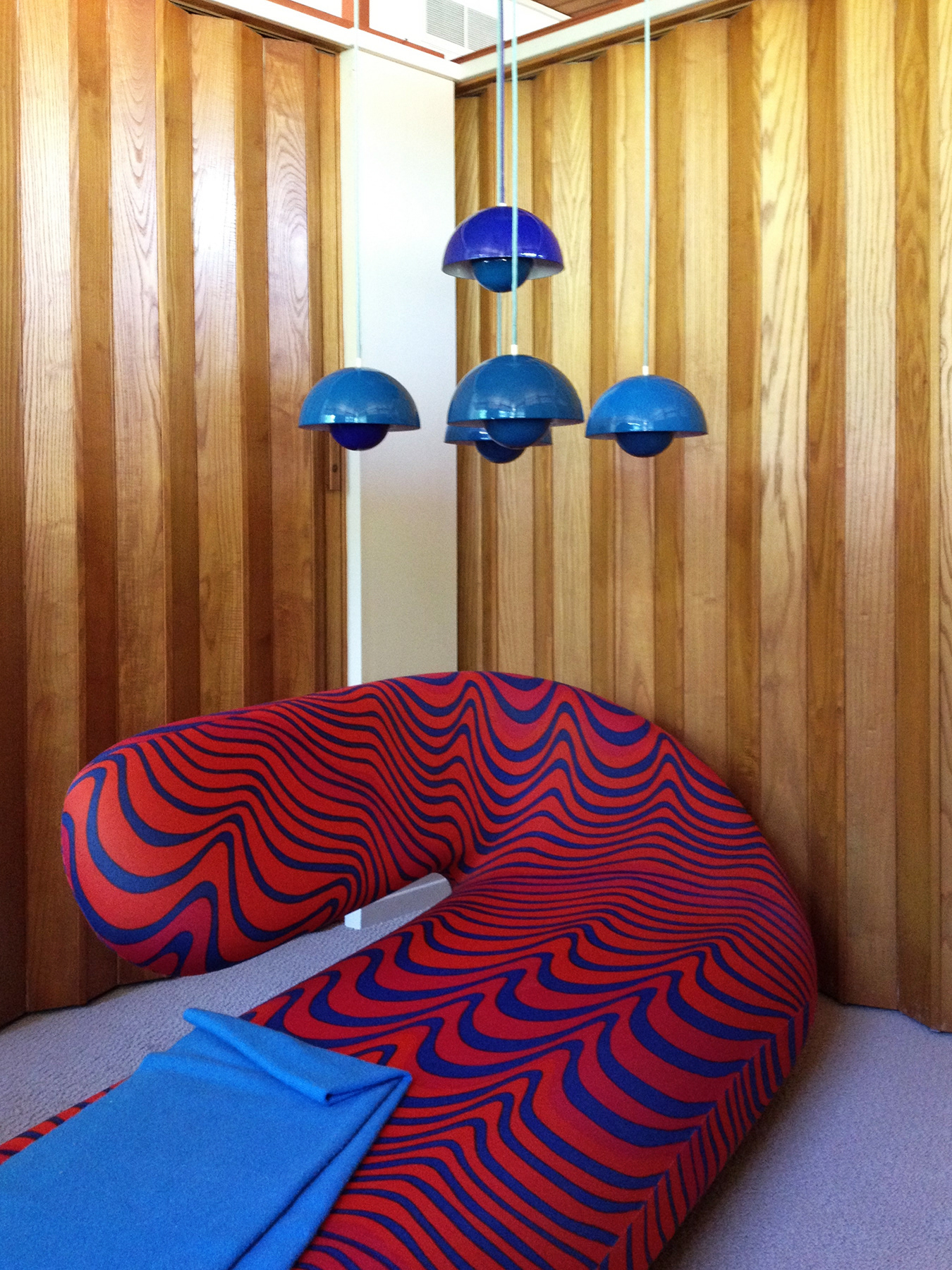
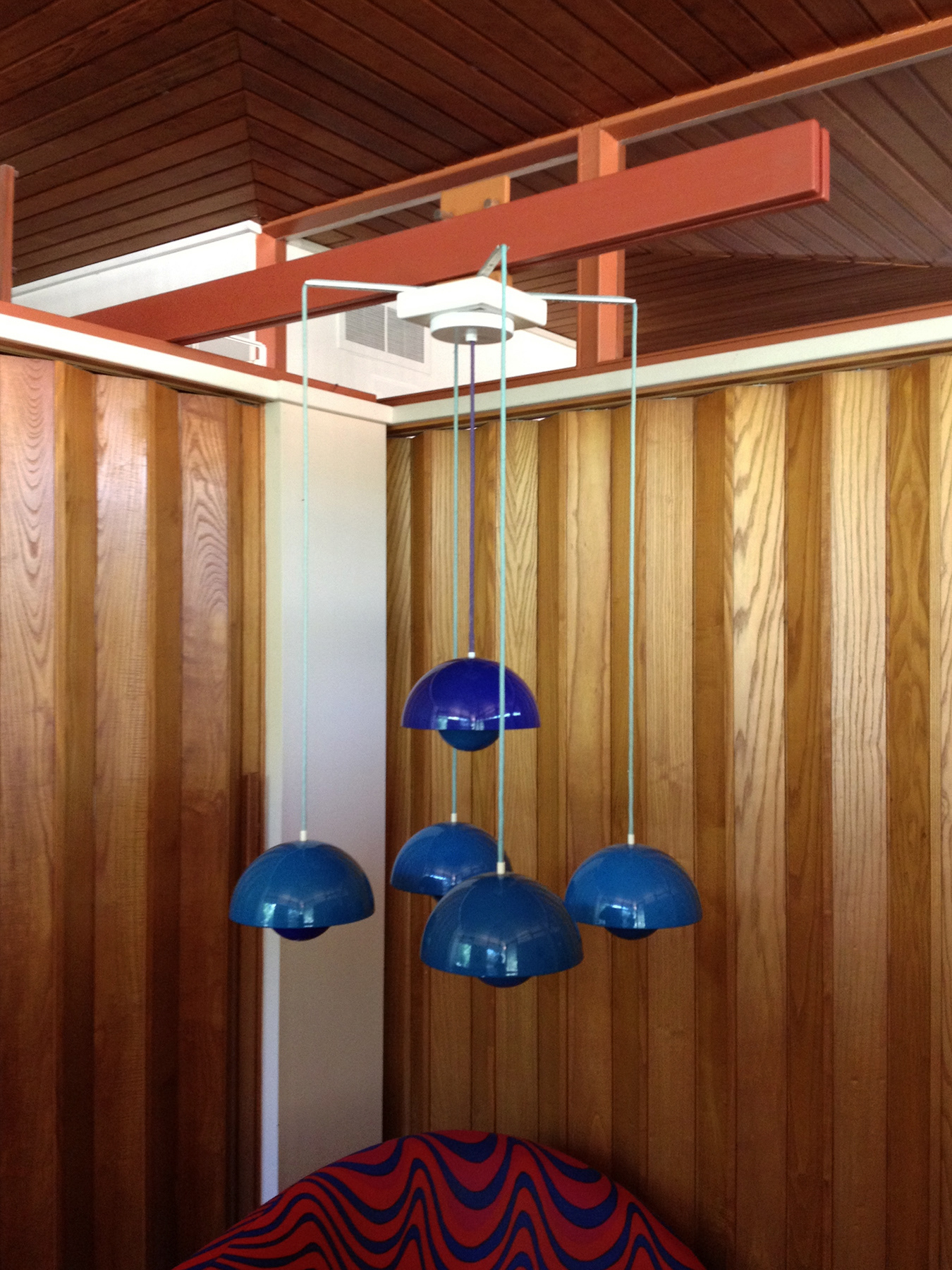
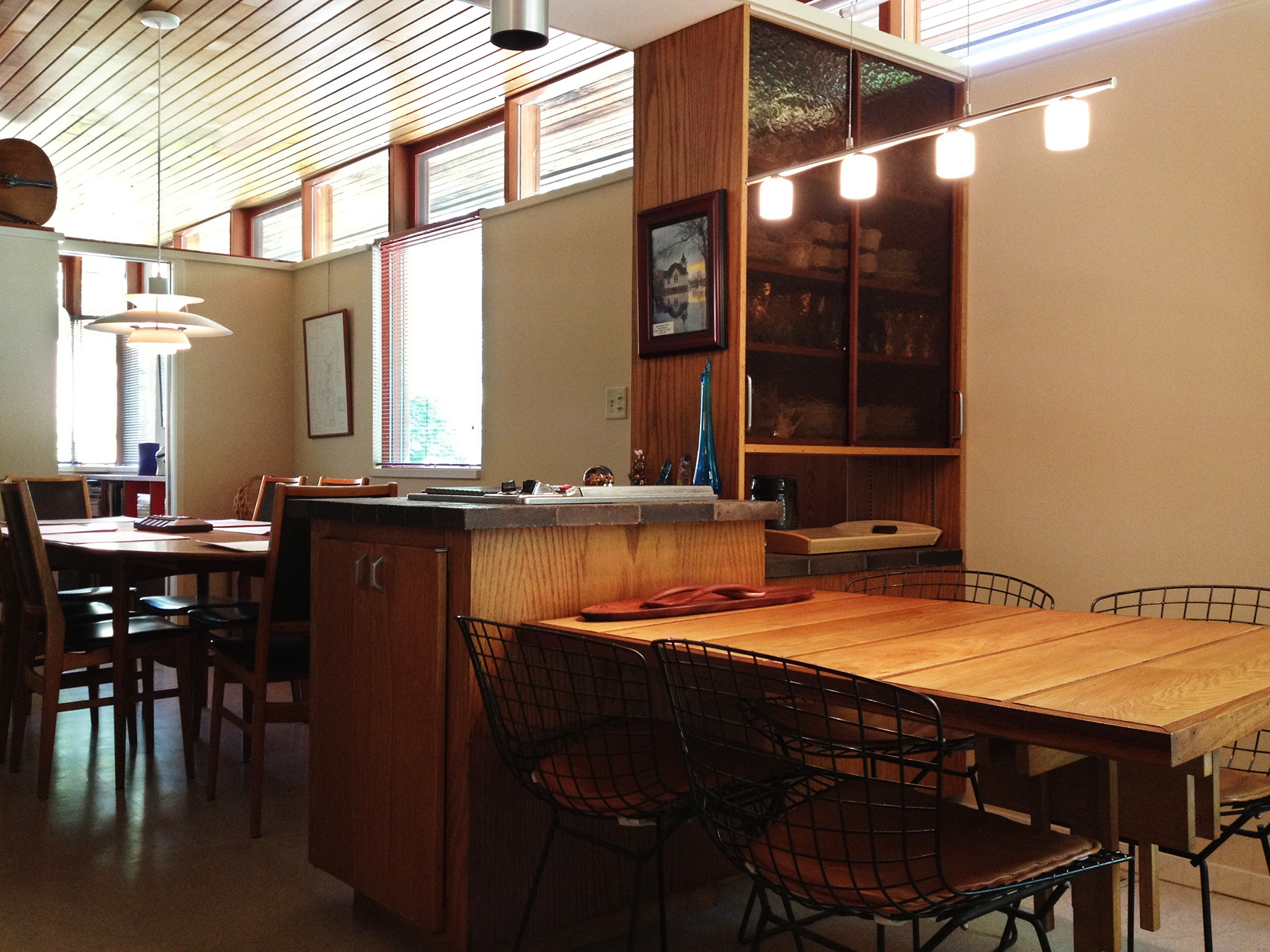
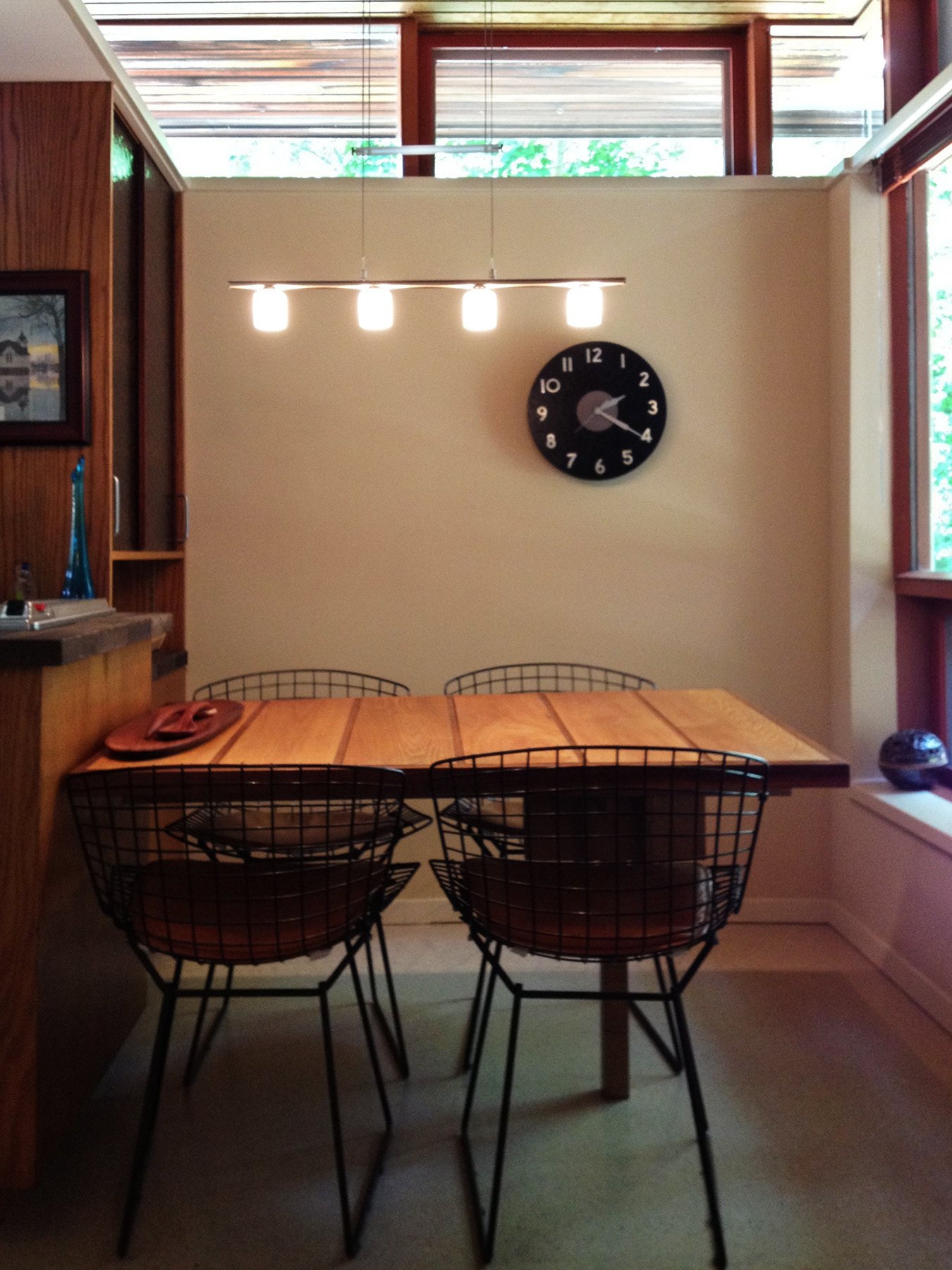
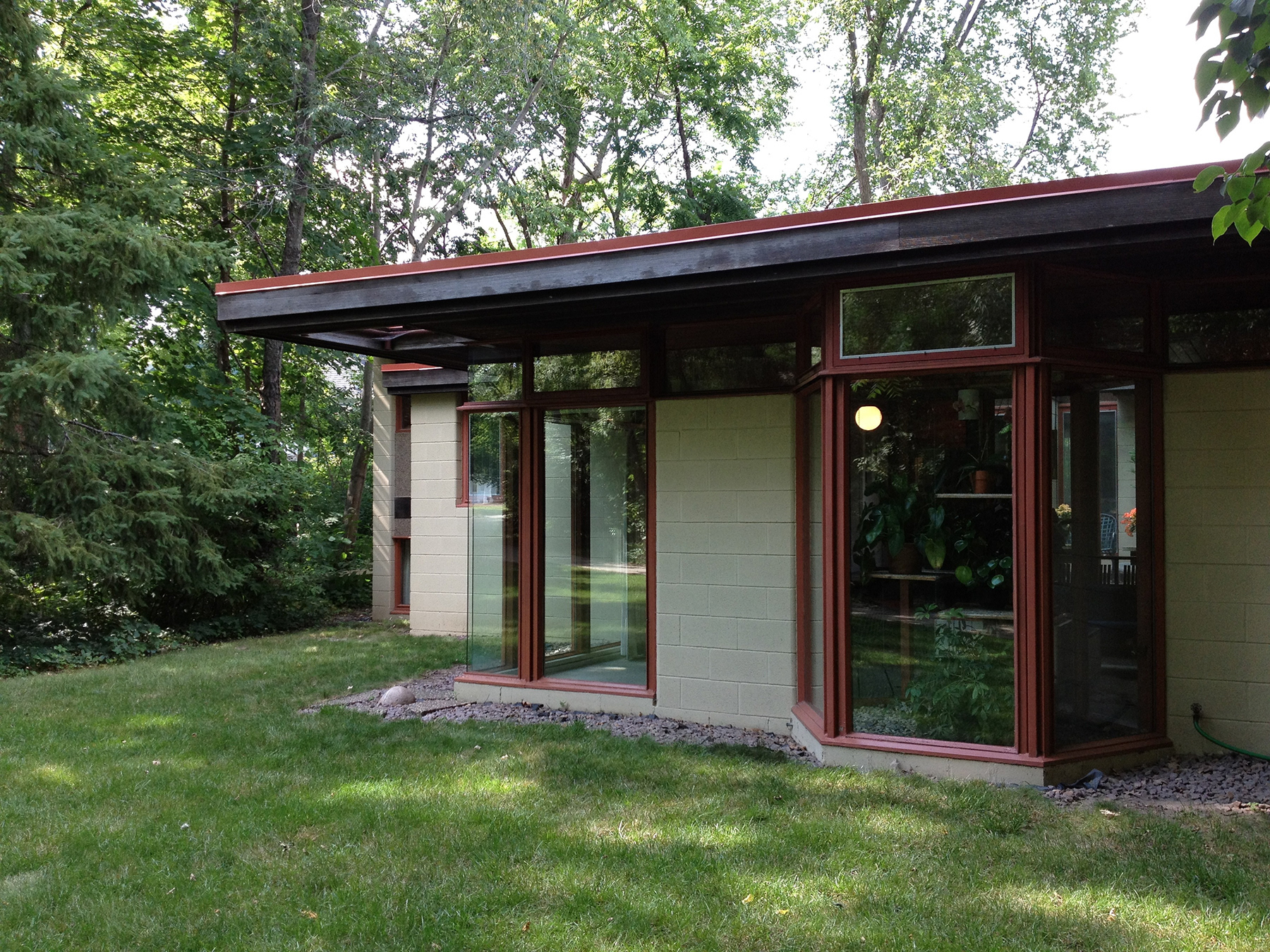
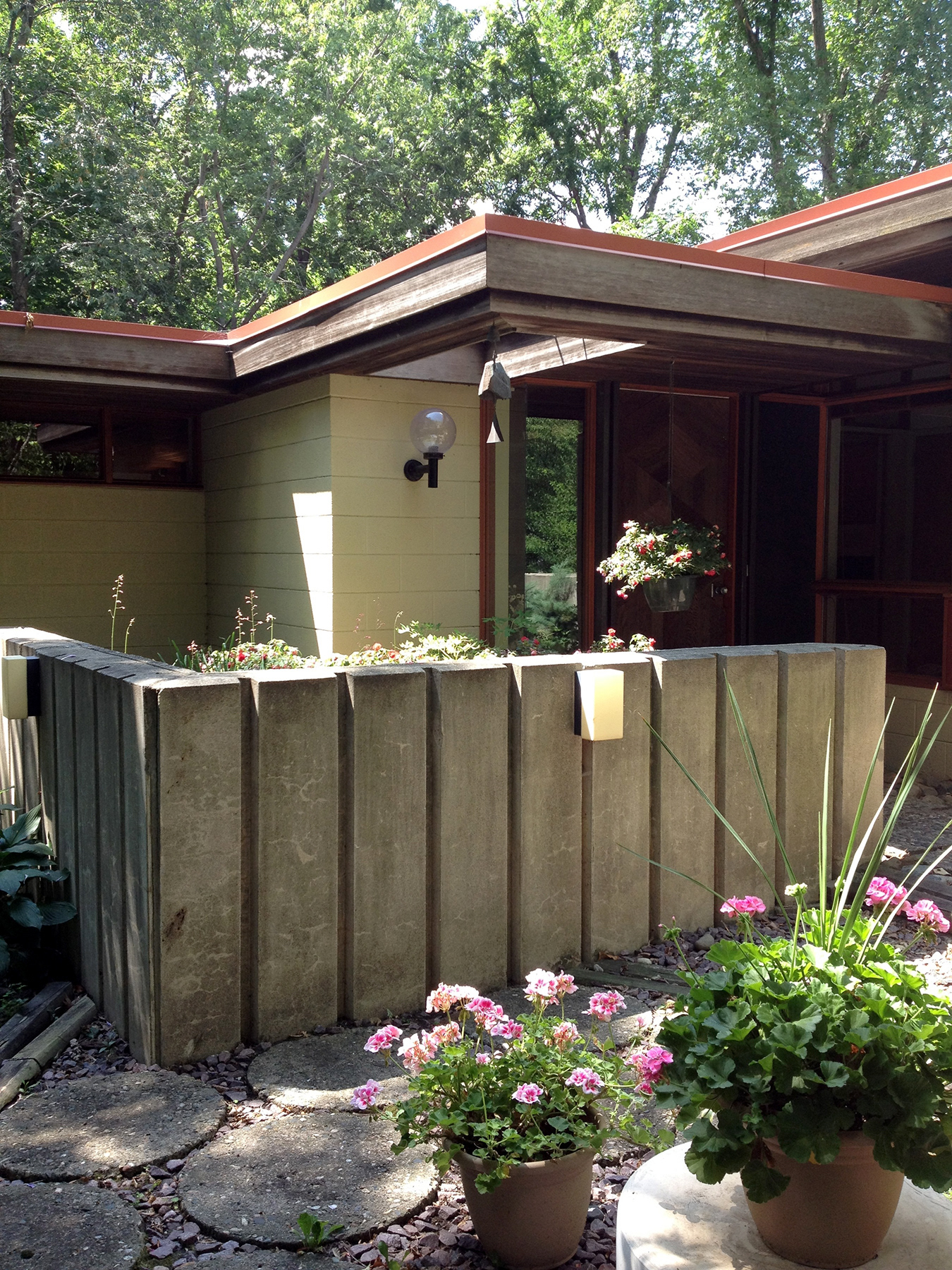

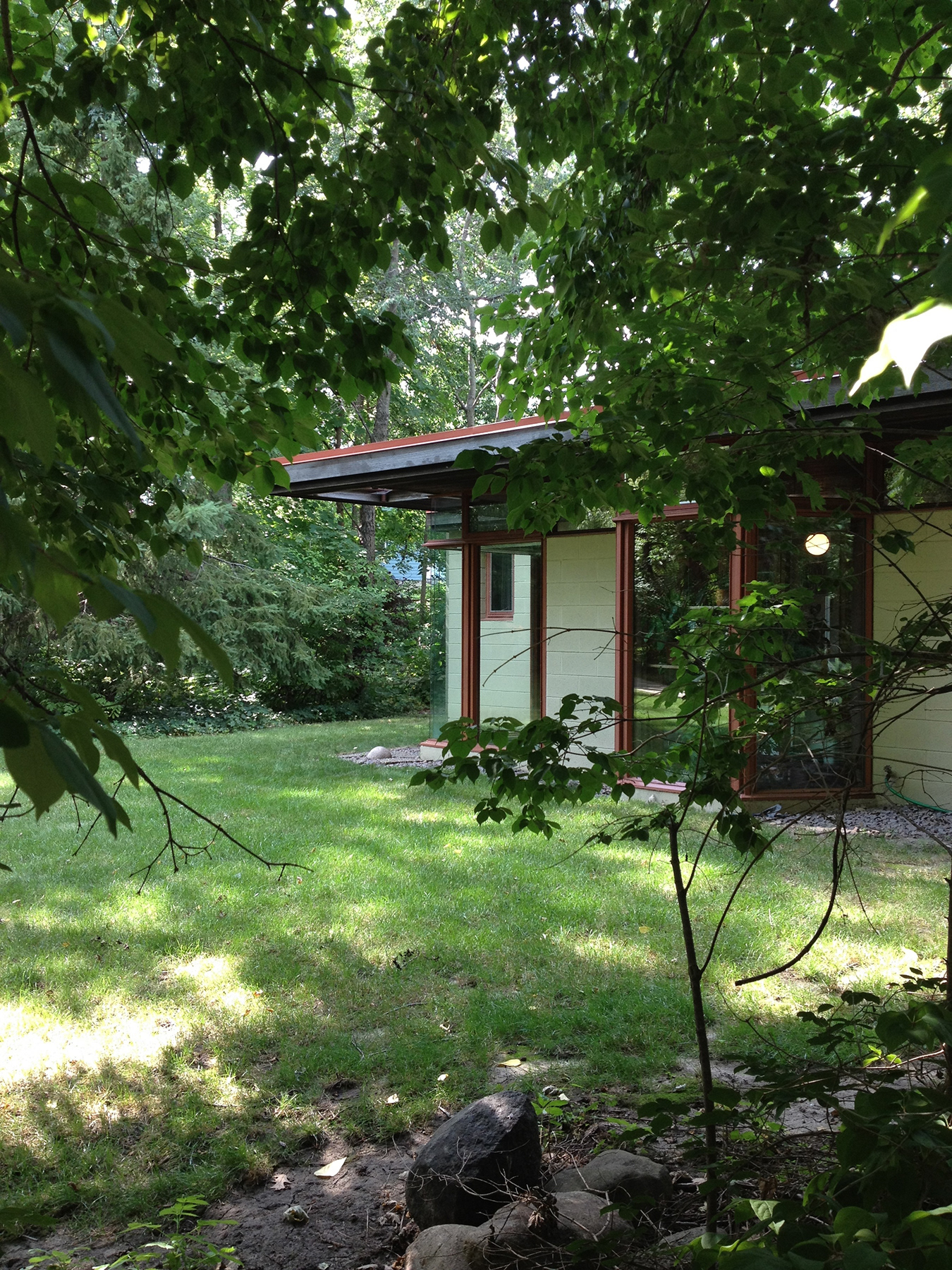
Kenneth Herbert Peterson, 1924 - 2008